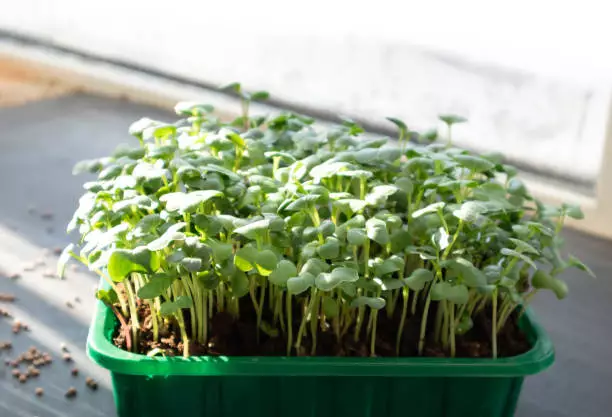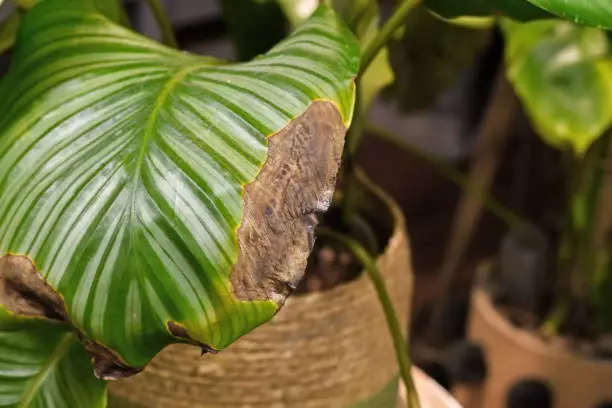Cacti are fleshy and look like they can make a good vegetable. But before you eat them already, it’s important to know there are edible and poisonous cacti varieties.
It is safe to eat the fruit of all true cactus. Some varieties such as prickly pear, cholla, and dragon fruit cactus are edible as vegetables after removing the spines. However, some other types of cactus including peyote, Bolivian, and San Pedro cactus are toxic and should not be eaten.
Various species of cacti are usually grown as outdoor and indoor plants for ornamental reasons. Before choosing the variety of cactus to plant in your garden, check whether it is safe or toxic to humans or pets in case they ingest them.
Are cacti safe to eat?
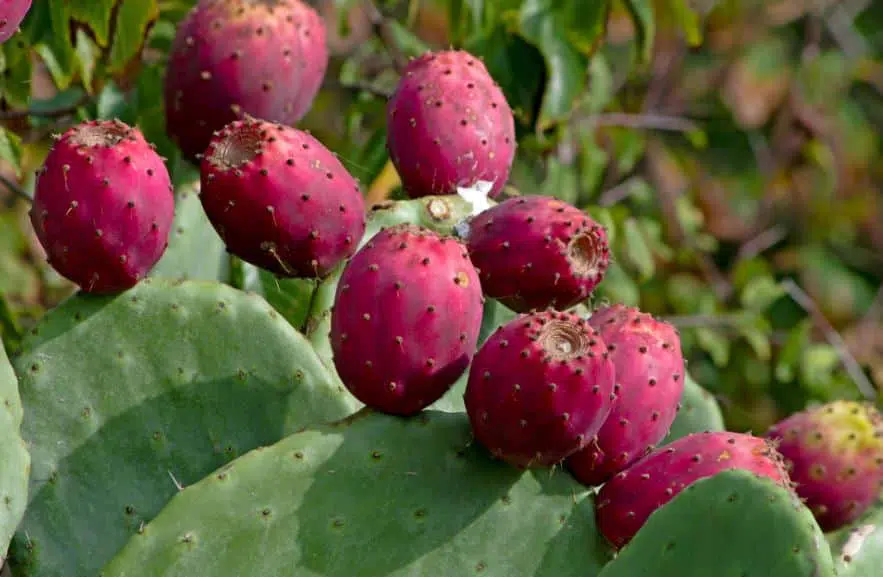
Contrary to popular belief, the fruits of most cactus species are safe for human and animal consumption. And it’s not just the fruit! Depending on the particular cactus species, you may be able to safely eat the pads (the flat, prickly, succulent stems) or even the flowers of some varieties of cactus plants.
The pads and fruits of all cactus species under the genus Opuntia are edible. For most other cacti- however- only the fruits are safe to eat.
5 edible cacti varieties
If you’re looking to add some edible cactus plants to your home garden, here’s a detailed list of five common cacti varieties that are safe for consumption:
1. Prickly pear cactus
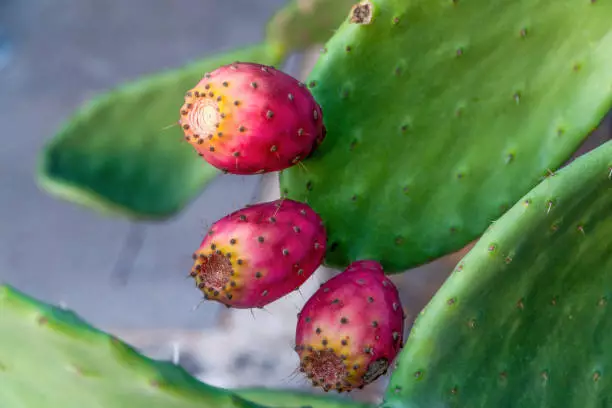
Prickly pears are a group of about 180 cacti species that fall under the genus Opuntia. Both the pads and fruits of the prickly pear can be eaten. Prickly pear pads are often sold in grocery stores under the name ‘nopales’.
However, you need to ensure proper preparation of the pads before consumption, as they contain sharp, tiny spines. Once you remove the prickly spines on the pads, you can prepare them as you would any vegetable or eat them raw as part of a salad dish.
The ripe, red fruits of the prickly pear have a sweet taste. However, to access the juicy inside of the fruit, you’ll first have to remove the skin-irritating glochids and the skin itself.
2. Cholla cactus
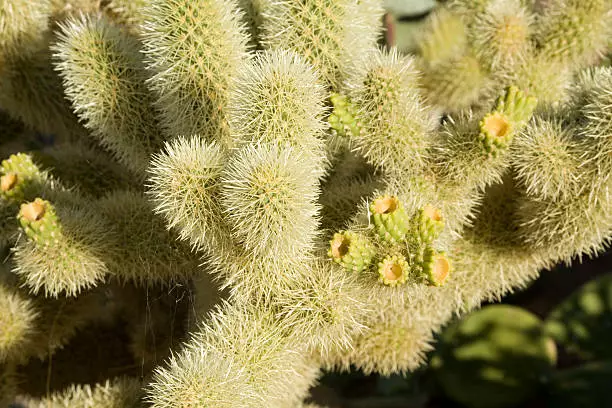
This particular type of cactus is unique in that its most common edible part is the flowers- not the leaves or the fruits. While Cholla fruits are also edible, it is hard to overlook the nutritional benefits of this plant’s unopened flower buds.
Cholla buds are rich in calcium, an element that facilitates bone and muscle development. To prepare Cholla buds for eating, you have to remove the prickly glochids. You can then eat them with beans or add them to an antipasto salad.
3. Dragon fruit cactus
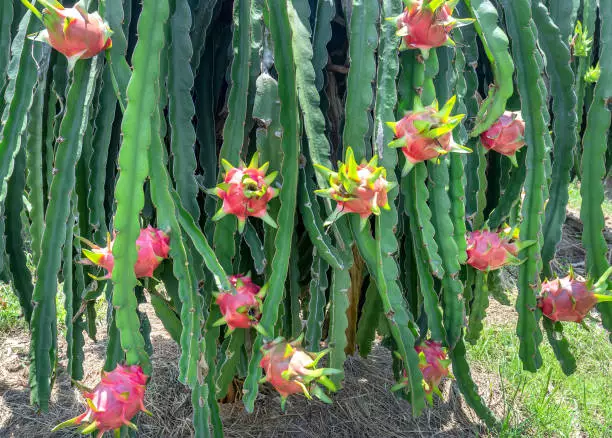
Dragon Fruit Cactus is beloved by Central American natives for its edible stems, flowers, and fruits. However, the stems can be quite difficult to chew, which is why we recommend blending them and making a smoother. The taste usually varies from neutral-mild sweet.
Meanwhile, you can incorporate Dragon Fruit flower buds into a stir fry or soup dish. You can also dry the flowers and use them to make hot beverages. Finally, you can also eat the fleshy insides of this plant’s fruits by cutting through the inedible skin. Dragon fruits are rich in vitamins A and C.
4. Barrel cactus
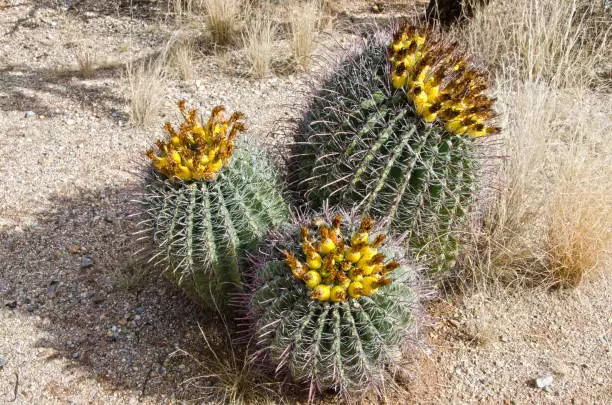
Characterized by its distinctively large and stiff spines, the barrel cactus has edible flowers, fruits, and pads/stems. The barrel cactus is different from other types of cacti with edible fruits in that the tiny, black seeds inside the fruits are also edible.
You’ll want to avoid eating the seeds raw, as they have a bland flavor. Instead, you can toast and grind them, then add them to flatbreads such as tortillas for a strong, nutty flavor.
As for the plant’s vivid red flowers, they’re typically added to dishes. Meanwhile- the edible cactus fruits carry a tart, lemon-like flavor. Unlike most other cactus fruits, barrel cactus fruits don’t have any glochids, making them easy to handle and eat.
5. Saguaro cactus

The saguaro cactus is renowned for its edible fruits and seeds. The saguaro fruit can be eaten in different ways. For instance, you can eat fresh fruit or blend it to make juice. Alternatively, you can dry it to preserve it for future consumption as a dried fruit.
The saguaro fruit is also used to make wine, jam, and syrup. The small black seeds can be dried and pulverized to make nutty-flavored porridge. You can also extract oil from the seeds of the edible saguaro cactus and use it to enrich your favorite dishes.
Is cactus a vegetable?
The Cactus is both a fruit and a vegetable. The edible, succulent pads (nopales) are considered vegetables, while the production of fruiting flower buds also makes it a fruit. The pads stay green all year round and can be consumed at any time and that’s why cactus vegetables are always available.
However, cactus fruits can only be harvested once the plant blossoms and the fruits develop from the open buds. This is usually during the peak growing season.
What cactus has edible fruit?
There are several cacti species whose fruits can be eaten. Here are some of the most common cactus species whose fruits and seeds are edible:
- Dragon fruit cactus– dragon fruits boast a tropical flavor- which is almost the same taste as a watermelon. What’s more, its high fiber content makes it a portion of befitting diet food.
- Peruvian apple cactus– the fruit of the Peruvian Apple carries a sugary taste with a mild tartness. It also has a nice, crunchy texture.
- Organ pipe cactus– the fruits of this plant have a sweet flavor with a succulent texture.
- Prickly pear cactus– when raw and green, prickly pear fruits have a tropical taste. However, once they ripen and turn red-orange, they carry a sweet, sugary flavor.
- Saguaro cactus– the saguaro fruit has a subtle sweet taste, which isn’t as strong as that of prickly pear fruits.
RELATED: TIPS ON HOW TO GROW PERUVIAN APPLE CACTUS
List of poisonous cacti not to eat
Most cacti succulents contain some acidic compounds that are difficult for the human liver to process. The thick flesh contains alkaloids found in some varieties of this succulent and can cause unpleasant symptoms such as nausea, vomiting, diarrhea, and even paralysis.
Although some cactus plants are edible, some others are poisonous and not safe to eat. Here are 3 types of cactus that are not safe to eat:
Peyote cactus
Peyote Cactus- scientifically referred to as Lophophora williamsii– is a toxic cactus species that’s not safe to eat. It is a spineless cactus plant that contains a psychedelic alkaloid called mescaline.
Mescaline is a compound that causes induced psychotic effects when consumed. Some of the common effects of Peyote poisoning include hallucination, agitation, nausea, and vomiting. In extreme cases, an overdose of Peyote cactus can be fatal.
According to J.D. Slothower of the Encyclopedia of Toxicology (2014), “mescaline produces an acute psychotic state after 3–4 hours…In doses of some 300–500 mg, it produces visual and occasionally olfactory or auditory hallucinations, illusions, depersonalization, and anxiety depressive symptoms…Its physical effects include nausea, tremor, and sweating.”
San Pedro cactus
Native to the Andes Mountains, the San Pedro Cactus can cause the same psychoactive effects as Peyote cactus when ingested. This is because it also contains the dangerous psychedelic alkaloid – mescaline.
Bolivian Torch cactus
Scientifically known as Echinopsis lageniformis, the Bolivian Torch Cactus is another cactus variety that’s not edible because of its toxicity and psychedelic side effects. This plant contains high amounts of mescaline and will trigger visual and auditory hallucinations when ingested.
Now that you know which species of cactus are edible, and which specific parts you can eat- it’s time to go out there and enjoy the nutritional advantages of this plant. Some of the health benefits of eating cactus fruits, nopales, seeds, and flowers include lower cholesterol levels, improved digestion, faster weight loss, and reduced inflammation.
These health benefits are all possible due to the compounds and minerals present in cacti. These include vitamins, amino acids, and phytonutrients.
References:
[1] W.P. Armstrong, Palomar College: Mescal Bean & The Unrelated Peyote Cactus

